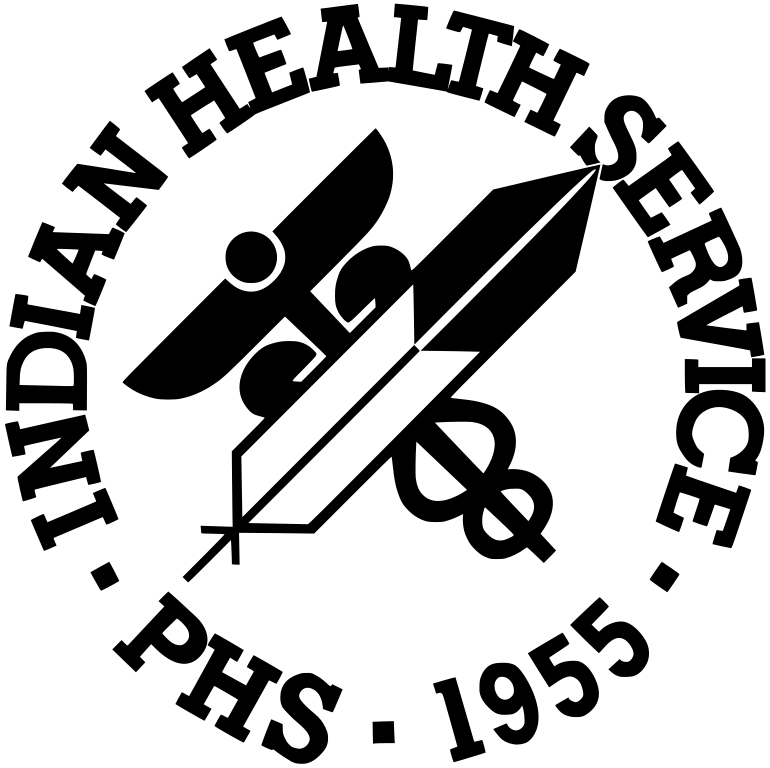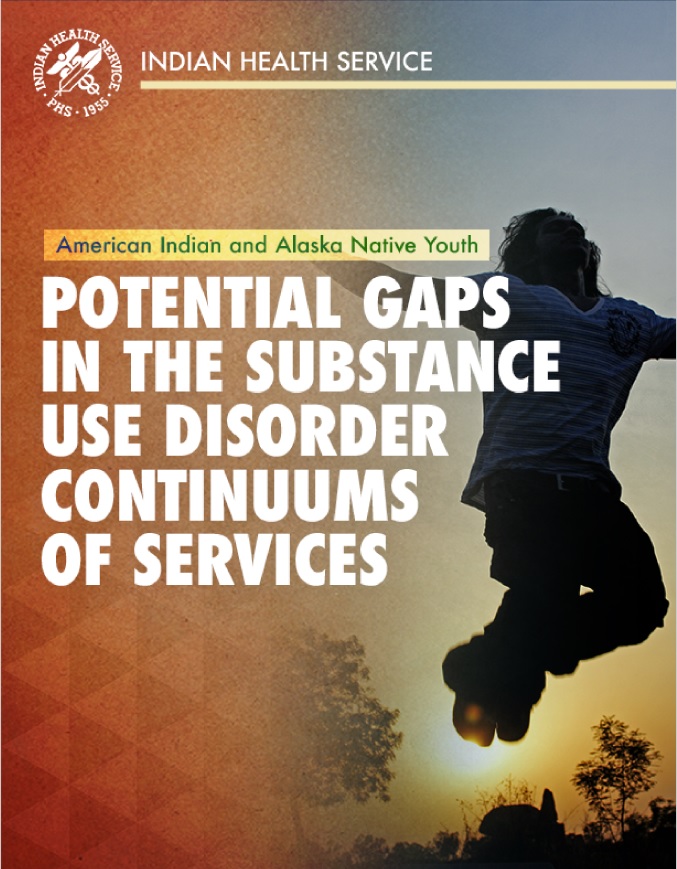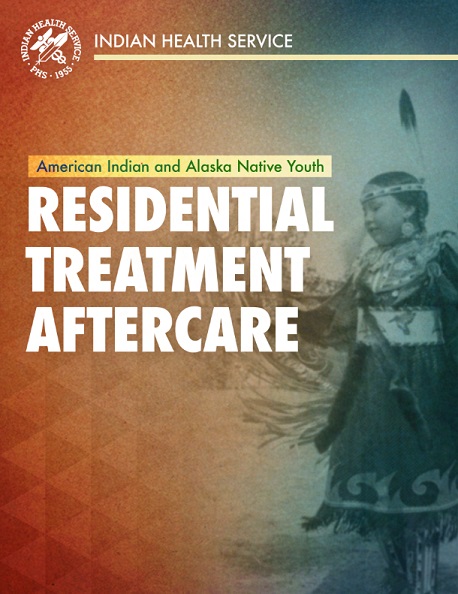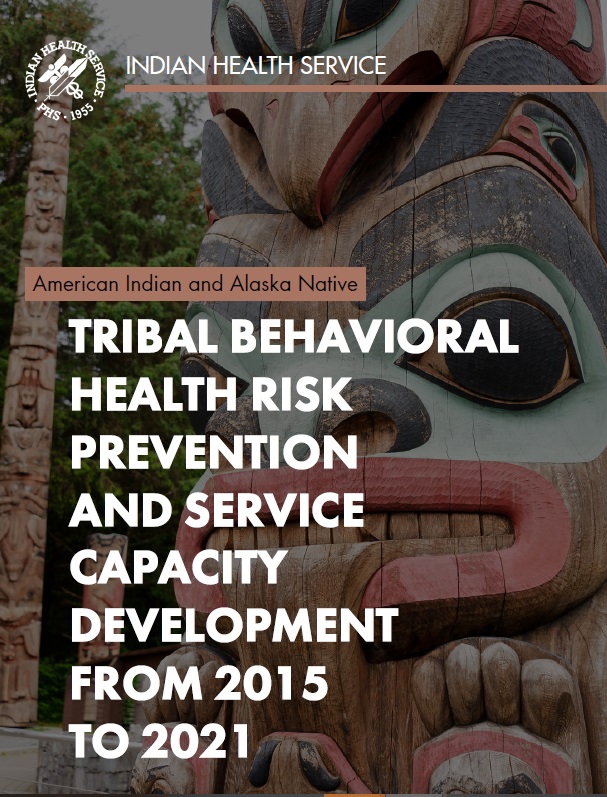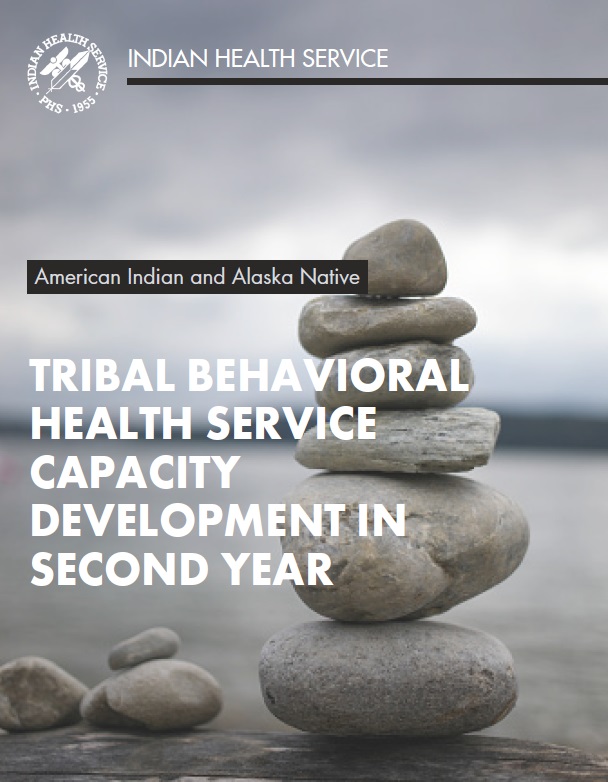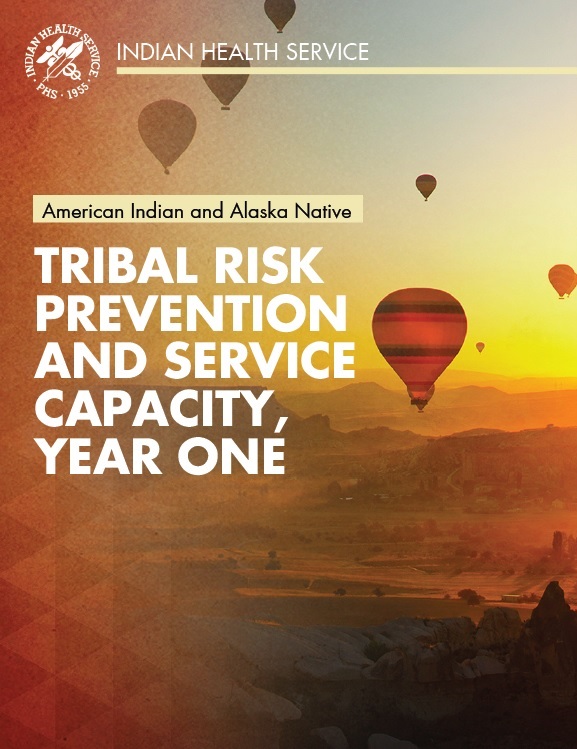- Division of Behavioral Health
- Analytics
Analytics
IHS performs national, regional, and local evaluations and analyses to support Tribes, IHS, and other interests in their planning and decisions, as they may affect the psychological health development and risk mitigation among American Indian and Alaska Native people and their communities. These reports represent significant cooperation among Tribal partners, policy makers, IHS leaders, universities, and American Indian and Alaska Native researchers. None of these reports establish laws or policies, rather they examine major strategies to make useful observations, define notable trends, and make recommendations for policies, programs, and protocols.
- PROGRAM EVALUATIONS
- PUBLICATIONS
- EXTERNAL REPORTS
- INNOVATION
PROGRAM EVALUATIONS
Suicide Risk Strategies Report [PDF 1.5 MB]
This report reviews the progress of three recent suicide prevention strategies: The Zero Suicide Initiative in Tribal and federal facilities; enhanced training of Emergency Department staff on use of the Ask Suicide-Screening Questions (ASQ) tool; and use of the first Emergency Department Suicide Screening Dashboard. The evaluation shows the strengths and weaknesses that influence active protocols and future programs.
Potential Gaps in the Substance Use Disorder Continuums of Services [PDF 1.8 MB]
After a completed contracted field study, DBH examined existing policies and programs that may affect IHS's capacity to provide or facilitate continuums of services to American Indian and Alaska Native youth suffering from substance use disorders. This report and infographic review the study and focus on potential gaps in policies and programs, and makes recommendations for follow-on actions.
YRTC Aftercare Evaluation Report [PDF 3.7 MB]
To examine the future capacity of Youth Regional Treatment Centers, DBH examined two post-inpatient aftercare pilot projects to determine their capacity and requirements for services among American Indian and Alaska Native youth. The report highlights the need for digital innovations that are accessible during and after inpatient treatment.
Tribal Behavioral Health Risk Prevention And Service Capacity Development From 2015 To 2021 [PDF 1.8 MB]
Findings from 2015 to 2021, when the Indian Health Service (IHS) operated two priority grant-based programs within its human risk mitigation mission in Indian Country.
Tribal Behavioral Health Service Capacity Development: Second Year [PDF 972 KB]
This second annual evaluation of 113 projects by 83 Tribal partners shows progress in building operational capacities, refining service protocols, and serving clients to mitigate risks associated with substance use disorders, domestic violence, and suicides.
Tribal Risk Prevention and Service Capacity Development, 2021 Cohort Year One [PDF 1.2 MB]
This first annual evaluation of 113 projects by 83 Tribal partners illustrates their progress in building operational capacities, refining service protocols, and serving clients to mitigate risks associated with substance use disorders, domestic violence, and suicides.
PUBLICATIONS

Adult Caretaker Engagement and School Connectedness and Association with Substance Use, Indicators of Emotional Well-Being and Suicide Risk, and Experiences with Violence Among American Indian or Alaska Native High School Students – Youth Risk Behavior Survey, United States, 2023 [PDF - 379 KB] Exit Disclaimer: You Are Leaving www.ihs.gov – U.S. Centers for Disease Control and Prevention Morbidity and Mortality Weekly Report Supplement – October 10, 2024
Mental Health Outcomes Among American Indian and Alaska Native U.S. Army Soldiers: A Serial Cross-Sectional Analysis Exit Disclaimer: You Are Leaving www.ihs.gov – Military Medicine, Volume 188, Issue 7-8, July/August 2023
Racial and Ethnic Differences in Encounters Related to Suicidal Behavior Among Children and Adolescents With Medicaid Coverage During the COVID-19 Pandemic Exit Disclaimer: You Are Leaving www.ihs.gov – Research Letter, Adolescent Mental Health; Jama Pediatrics, June 26, 2023
Suicides Among American Indian or Alaska Native Persons ? National Violent Death Reporting System, United States, 2015-2020 [PDF - 404 KB] Exit Disclaimer: You Are Leaving www.ihs.gov – U.S. Centers for Disease Control and Prevention Morbidity and Mortality Weekly Report Supplement – September 16, 2022
Indian Health Service: Report on Behavioral Health, 2018 [PDF - 15 MB] Exit Disclaimer: You Are Leaving www.ihs.gov – Summary of IHS behavioral health services in terms of clinical workload dedicated to a serious conditions.
EXTERNAL REPORTS

Reports
U.S. Health and Human Service: Tribal Customer Experience Pilot for Post-Award Reporting [PDF - 3.2 MB] Exit Disclaimer: You Are Leaving www.ihs.gov – , 2024. IHS Behavioral Health Initiatives is covered as an example of HHS Reduced Reporting Requirements (pages 26-27)
Missing and Murdered Indigenous People (MMIP): Overview of Recent Research, Legislation, and Selected Issues for Congress, 2023 [PDF - 1.2 MB] Exit Disclaimer: You Are Leaving www.ihs.gov – review of the common barriers that the federal government faces in preventing severe human risk among American Indians and Alaska Natives.
U.S. Health and Human Service: National Tribal Behavioral Health Agenda, 2016 [PDF - 2.5 MB] Exit Disclaimer: You Are Leaving www.ihs.gov – Collaborative tribal-federal blueprint for improving the behavioral health of American Indians and Alaska Natives.
U.S. Department of Justice: Violence Against American Indian and Alaska Native Women and Men, 2016 [PDF - 809 KB] Exit Disclaimer: You Are Leaving www.ihs.gov – Study to account for the patterns of violence among American Indian and Alaska Native Women and Men.
INNOVATION

National Data Coordinator Service Portal
The National Data Coordinator Service Portal Exit Disclaimer: You Are Leaving www.ihs.gov serves Tribal partner organizations and American Indian and Alaska Native (AI/AN) leaders in their collection and storage of digital, project-level data. It offers video-based user training and a ticketing system for access support. The portal is compliant with HIPAA security requirements. Each partner has a unique account and can specific access to individual users. The portal administration is led by the Albuquerque Area Southwest Tribal Epidemiology Center.

